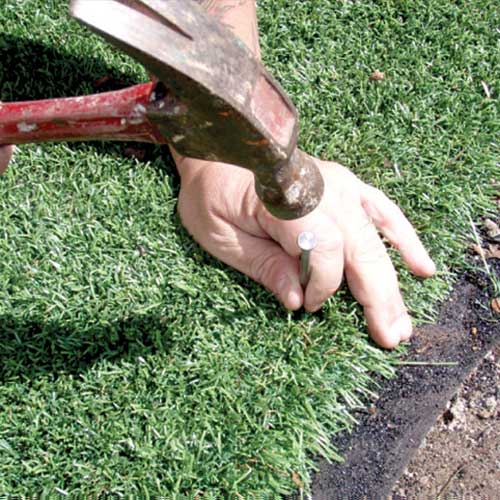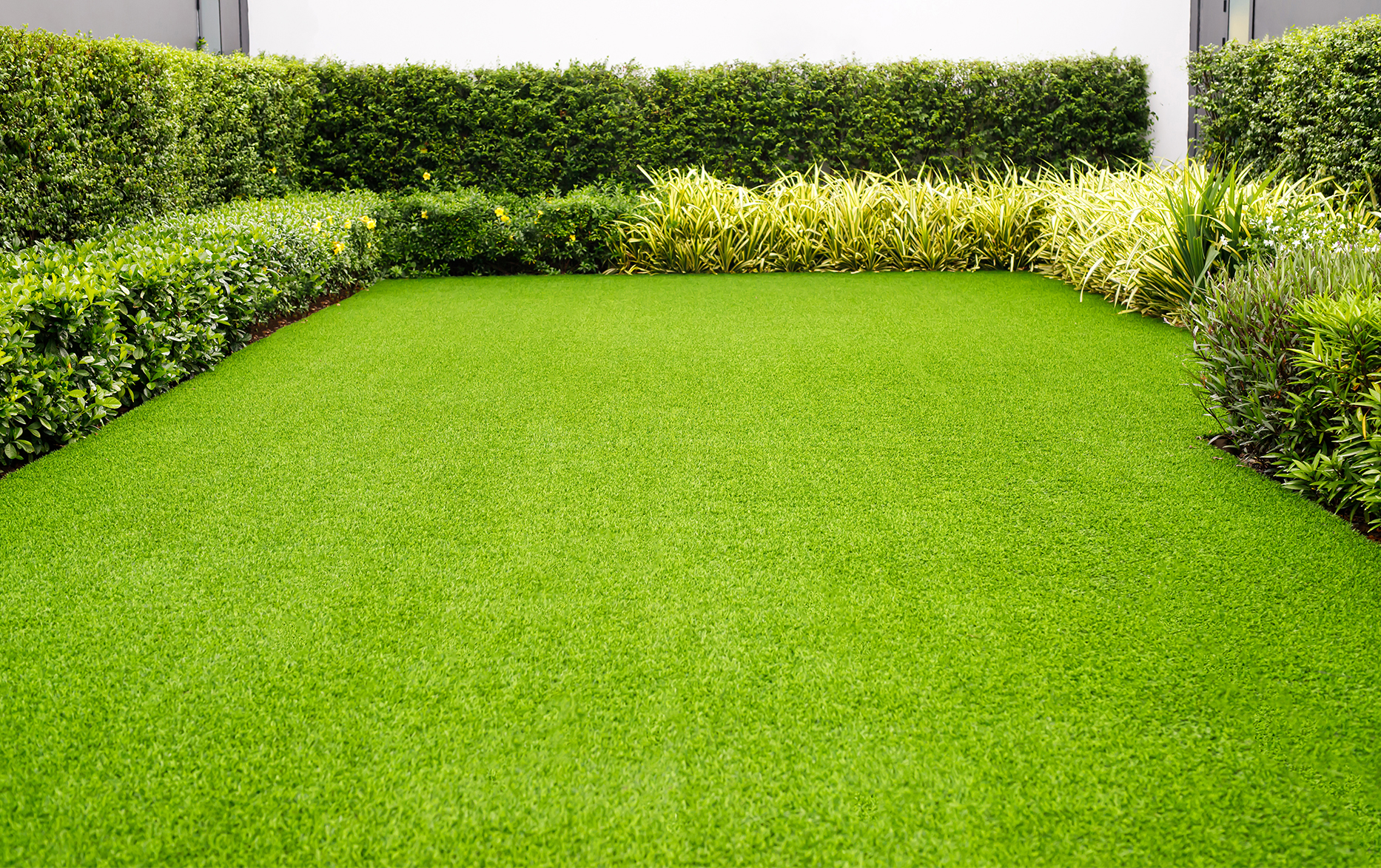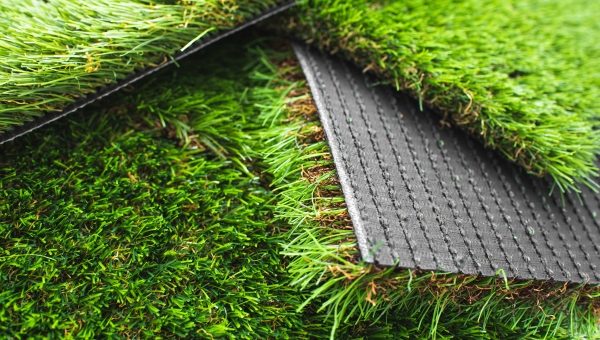Enhance Your Outdoor Space with Arizona Artificial Turf for a Evergreen Green Look
Enhance Your Outdoor Space with Arizona Artificial Turf for a Evergreen Green Look
Blog Article
See Why Homeowners Prefer Synthetic Grass for Lasting Landscape Design Practices
As home owners progressively prioritize sustainability in landscape design, synthetic turf has actually emerged as a compelling option to conventional grass. What continues to be to be explored is the complete range of benefits that artificial lawn can use to property owners and the environment alike.
Water Preservation Advantages
One of one of the most considerable advantages of synthetic grass is its function in water preservation. Typical turf yards call for substantial amounts of water to preserve their lavish look, frequently bring about overuse of local water resources, particularly in dry areas. In contrast, synthetic grass removes this need entirely, as it does not require watering. This not just preserves water but additionally lowers the strain on local water supply, particularly during drought problems.
In addition, the installation of synthetic grass can add to an extra lasting landscape. Homeowners can substantially decrease their water bills, enabling reallocation of sources to various other ecological campaigns or house usages. In addition, synthetic grass is made to hold up against numerous weather problems without the requirement for extra watering, making it an ideal selection for areas encountering water deficiency.
The ecological benefits extend beyond instant water cost savings. By minimizing water consumption, synthetic lawn assists to minimize the impacts of environment change, preserving important ecosystems that are threatened by excessive water extraction. As lasting landscaping techniques get traction, artificial lawn emerges as a responsible selection for house owners seeking to develop environmentally friendly outdoor spaces.
Reduced Upkeep Initiatives
Synthetic grass significantly reduces maintenance initiatives compared to conventional yard yards. With man-made turf, house owners can get rid of the lengthy jobs connected with natural landscaping, such as mowing, feeding, and weeding. This not only saves beneficial time but likewise lowers physical labor, making lawn treatment obtainable for individuals of any ages.
Traditional grass call for frequent trimming to preserve an aesthetically pleasing elevation, whereas artificial grass remains constantly lush without the need for cutting. In addition, property owners no much longer need to use fertilizers or chemicals, which are commonly called for to keep all-natural turf healthy and balanced.
Furthermore, synthetic grass is durable and durable, calling for very little upkeep beyond periodic brushing and rinsing to eliminate particles. This ease of upkeep enables home owners to appreciate their outdoor areas without the consistent fear of maintenance, offering more time for recreation and family tasks. Inevitably, the minimized maintenance efforts related to man-made grass make it an appealing alternative for those seeking a low-maintenance, visually appealing landscape.

Environmental Impact Decrease
There is an expanding recognition of the ecological benefits connected with man-made lawn, particularly in terms of water conservation and decreased chemical use. Conventional grass require considerable amounts of water, specifically in drought-prone areas, leading to enhanced strain on regional water resources. In contrast, synthetic grass removes the demand for watering, significantly decreasing water consumption and promoting sustainability.
Additionally, conventional lawn upkeep often entails the application of pesticides, fertilizers, and herbicides, which can add to dirt and water contamination. Man-made grass reduces this environmental hazard by requiring minimal maintenance and basically eliminating the demand for unsafe chemicals. This not just enhances soil wellness however likewise protects local communities from poisonous runoff.
Moreover, the production of natural yard lawns generally involves the usage of nonrenewable fuel sources for mowing and landscape design devices, further adding to greenhouse advice gas exhausts. By choosing synthetic grass, property owners can dramatically reduce their carbon footprint connected with lawn treatment activities.
Visual Appeal and Convenience
In addition to its ecological benefits, synthetic grass supplies significant aesthetic allure and versatility for landscaping. House owners can achieve a lush, eco-friendly look year-round, eliminating the seasonal fluctuations typically linked with all-natural grass. This consistent aesthetic not just boosts the aesthetic appeal of a residential property yet also adds to a refined and properly maintained look.
Additionally, fabricated grass is readily available in a selection of shades, designs, and structures, permitting for modification to suit specific preferences and layout motifs - Artificial turf companies phoenix. Whether made use of in household gardens, commercial spaces, or recreational areas, it can flawlessly integrate right into diverse landscaping designs, from modern-day minimal to rich tropical setups
The convenience of synthetic lawn prolongs beyond mere appearance; it can be installed in various areas, consisting of roofs, outdoor patios, and even indoor rooms, producing possibilities for official source distinct landscape design solutions. In addition, it is ideal for a variety of tasks, from children's play areas to pet-friendly atmospheres, giving functionality without endangering style.
Inevitably, the aesthetic charm and versatility of artificial turf make it an eye-catching choice for house owners seeking lasting landscaping options that do not give up beauty for environmental responsibility.

Long-Term Expense Cost Savings
Among the most compelling advantages of artificial grass is its potential for long-term price financial savings. Unlike natural yard, which calls for routine maintenance-- consisting of mowing, watering, feeding, and parasite control-- synthetic grass considerably minimizes these ongoing expenses. House owners can save a substantial amount on water bills, particularly in regions where water deficiency is a pressing concern. The elimination of lawn care services even more adds to financial cost savings, as there is no requirement for specialized tools or labor.
Furthermore, synthetic grass has a lifespan of 15 to 25 years, depending on its quality and usage. This longevity decreases substitute prices, making it a more affordable choice over time. Furthermore, the preliminary financial investment in synthetic grass can commonly be recouped with the savings accrued with time.
While the ahead of time cost might appear greater compared to turf setup, the cumulative savings from minimized upkeep and water usage usually outweigh these pop over here initial expenses. Ultimately, the adoption of man-made lawn not only advertises a lasting landscape design service but likewise supplies homeowners a financially smart option that aligns with long-term budgeting objectives.
Conclusion
Artificial turf emerges as a compelling option for sustainable landscaping, providing substantial advantages in water conservation, decreased maintenance initiatives, and reduced environmental effect. As neighborhoods increasingly prioritize environmentally friendly techniques, the adoption of artificial turf represents a modern step towards attaining lasting and resistant landscapes.
Furthermore, fabricated lawn is made to withstand various climatic problems without the requirement for supplementary watering, making it an excellent option for regions facing water shortage. (Artificial turf companies phoenix)

Fabricated turf arises as a compelling choice for lasting landscaping, supplying considerable benefits in water conservation, lowered upkeep initiatives, and reduced environmental influence.
Report this page